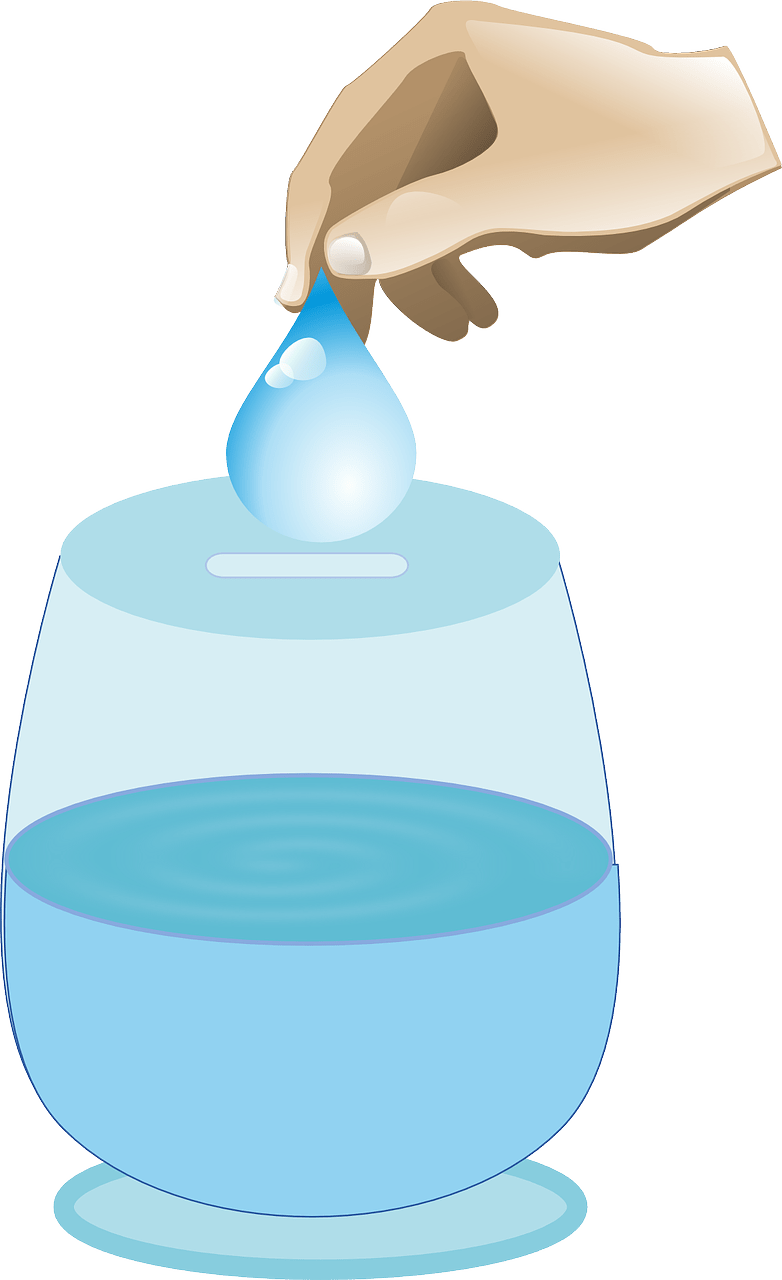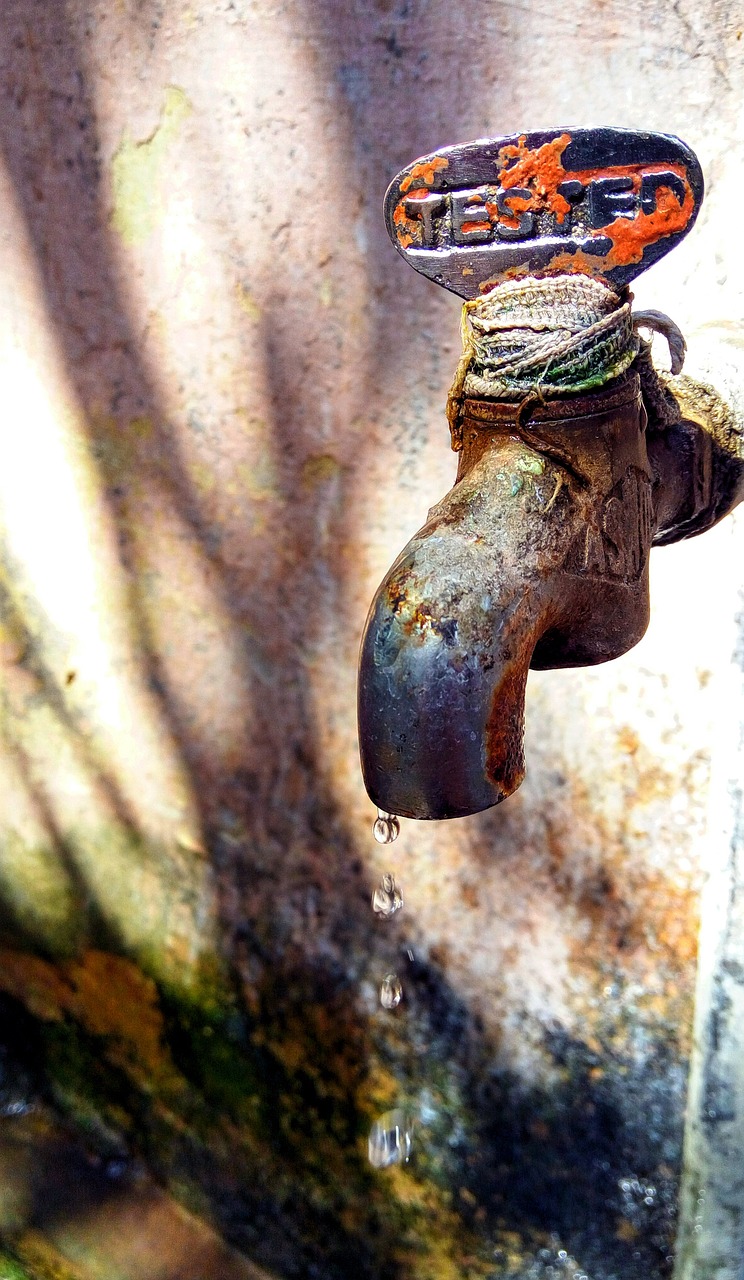Hey, friends! Today, we’re diving into a really important topic: water efficiency in sustainable buildings. We all know that every drop counts, especially when it comes to creating a healthier planet. So how do we make sure our buildings are as water-efficient as possible? Well, there’s a lot that goes into it, from smart landscaping practices to advanced plumbing technologies. By using water wisely and implementing innovative design, we can make a big difference. Let’s explore how we can achieve this balance, ensuring our buildings contribute positively to the environment while also meeting our daily water needs. How can we achieve water efficiency in sustainable buildings?

Introduction
Water efficiency in sustainable buildings is more than just a buzzword; it’s a critical aspect of mitigating our impact on the environment. As the global population grows and climate change alters water availability, the need for conservation and efficient use of water resources becomes paramount. So, how do we achieve water efficiency in sustainable buildings?
In this article, we will explore the different strategies, technologies, and principles that help in creating water-efficient buildings. By adopting these methods, we can save on operational costs, reduce environmental footprint, and contribute toward a more sustainable future.
Importance of Water Efficiency
Water is one of our most precious resources. By using it efficiently, we not only conserve a vital resource but also reduce the energy needed to process and deliver it. Water efficiency also leads to financial savings and lower carbon footprints.
Environmental Benefits
Water-efficient buildings have a significant positive impact on our environment. Reduced water usage means lower demands on natural water resources, which can mitigate the detrimental effects of over-extraction and habitat destruction.
Economic Benefits
Implementing water-efficient technologies and practices can lead to substantial cost savings. Reduced water consumption results in lower utility bills and less strain on municipal water systems, which can defer the need for costly infrastructure upgrades.
Social Benefits
Water efficiency can also improve the living standards of communities. By promoting sustainable water use, we help ensure that this resource remains available for future generations.
Strategies for Achieving Water Efficiency
There are various methods to achieve water efficiency in sustainable buildings. Let’s break down the most effective ones.
High-Efficiency Fixtures and Appliances
Installing high-efficiency fixtures and appliances is one of the quickest and most effective ways to reduce water use. Innovations in this area have made it easier than ever to conserve water without sacrificing performance.
Low-Flow Fixtures
Low-flow faucets, showerheads, and toilets are designed to use significantly less water. These devices maintain effective functionality while reducing water wastage.
| Fixture | Traditional Flow Rate | Low-Flow Rate |
|---|---|---|
| Showerhead | 2.5 GPM | 1.5 GPM |
| Faucet | 2.2 GPM | 1.5 GPM |
| Toilet | 1.6 GPF | 1.28 GPF |
Efficient Appliances
Modern dishwashers and washing machines are designed to use less water and energy. These appliances are often marked with an ENERGY STAR label, indicating they meet specific efficiency criteria.
Smart Irrigation Systems
Watering landscapes is essential for the greenery around a building, but it often results in water wastage if done inefficiently. Smart irrigation systems can help manage this more effectively.
Weather-Based Controllers
Weather-based controllers adjust watering schedules based on local weather conditions, ensuring that the landscape receives the right amount of water.
Drip Irrigation Systems
Drip irrigation delivers water directly to plant roots, minimizing evaporation and runoff. This method can save a substantial amount of water compared to traditional sprinkler systems.
Water Recycling and Reuse
Recycling and reusing water is another critical component of achieving water efficiency. By treating and reusing water, we can significantly reduce the demand for fresh water.
Greywater Systems
Greywater systems treat waste water from sinks, showers, and washing machines so it can be reused for non-potable purposes like irrigation and toilet flushing.
Rainwater Harvesting
Rainwater harvesting systems collect and store rainwater from rooftops and other surfaces for later use. This water can be used for various non-potable applications, reducing reliance on municipal water supplies.
Components of a Rainwater Harvesting System
| Component | Function |
|---|---|
| Catchment Area | Surface area (like a rooftop) that collects rainwater |
| Conveyance System | Gutters and pipes that transport collected water |
| Storage System | Tanks that store collected water |
| Distribution System | Pumps and filters to deliver the stored water |
Blackwater Treatment
In some advanced systems, even blackwater (from toilets) can be treated and reused. This process is more complex and costly but can significantly cut down on water usage when implemented effectively.

Building Design Considerations
The design of a building itself can play a significant role in achieving water efficiency.
Passive Water Efficiency
Passive design strategies utilize no mechanical or electrical systems and rely on the building’s layout and features to enhance water efficiency.
Green Roofs
Green roofs help to reduce runoff by absorbing rainfall. Additionally, they can provide insulation, reducing the energy needed for heating and cooling.
Permeable Pavements
Permeable pavements allow water to filter through them, reducing runoff and promoting groundwater recharge.
Active Water Efficiency
Active strategies involve mechanical and electrical systems engineered to reduce water usage.
Dual Plumbing Systems
Dual plumbing systems separate potable and non-potable water within the building, making it easier to reuse treated water for applications like toilet flushing and irrigation.
Building Envelope
A water-efficient building envelope includes materials and construction techniques that minimize water leakage and condensation. Proper insulation and vapor barriers are essential components.
Technological Innovations
Technology continues to push the boundaries of what is possible in water efficiency. Emerging innovations offer promising solutions for sustainable buildings.
Smart Water Meters
Smart water meters provide real-time data on water usage, helping building managers identify leaks, monitor consumption, and develop more efficient water use strategies.
Waterless Technologies
Waterless urinals and composting toilets entirely eliminate the need for water, offering a zero-water solution for specific applications.
Advanced Water Treatment
Nanotechnology and other advanced treatments can purify water more efficiently, making it safe for reuse.

Case Studies and Best Practices
Learning from successful implementations can provide a roadmap for achieving water efficiency.
Hotel Verde, South Africa
Hotel Verde has numerous water-efficient features, including:
- Greywater recycling systems.
- Rainwater harvesting.
- Low-flow fixtures.
- Smart irrigation systems.
Bullitt Center, Seattle
The Bullitt Center in Seattle is another beacon of sustainability, featuring:
- Composting toilets.
- Rainwater collection designed to meet all water needs.
- High-efficiency fixtures.
Singapore’s Marina Bay Sands
In densely populated urban areas, water efficiency becomes even more crucial. Marina Bay Sands employs:
- Advanced water treatment systems.
- Rainwater harvesting.
- Efficient irrigation systems.
Policy and Certification Programs
Government policies and certification programs incentivize and regulate water efficiency in buildings.
LEED Certification
LEED (Leadership in Energy and Environmental Design) offers points for various water efficiency strategies, aiding in obtaining certification which can enhance property values.
Local Regulations
Municipal codes and state regulations increasingly include water efficiency requirements, pushing developers to adopt more sustainable practices.
The Future of Water Efficiency
As technology advances and awareness increases, the future holds even more promising possibilities for water efficiency in buildings.
Integration with Smart Cities
Water-efficient buildings can become integral components of smart cities, where interconnected systems work in harmony to optimize resource use.
Innovations in Desalination
Desalination technologies are becoming more energy-efficient, offering potential solutions for regions where freshwater supplies are limited.
Conclusion
Achieving water efficiency in sustainable buildings requires a multifaceted approach. By combining high-efficiency fixtures, innovative technologies, smart design practices, and water recycling systems, we can significantly reduce water usage and contribute to a more sustainable future.
Water efficiency is not just an environmental necessity but also a sound economic decision. The strategies and technologies outlined here provide actionable steps that can be implemented to make our buildings more water-efficient, ensuring a reliable supply for future generations and reducing our ecological footprint.
So, now that we have explored the various methods to achieve water efficiency in sustainable buildings, let’s take action and make a positive impact on our environment and our wallets!